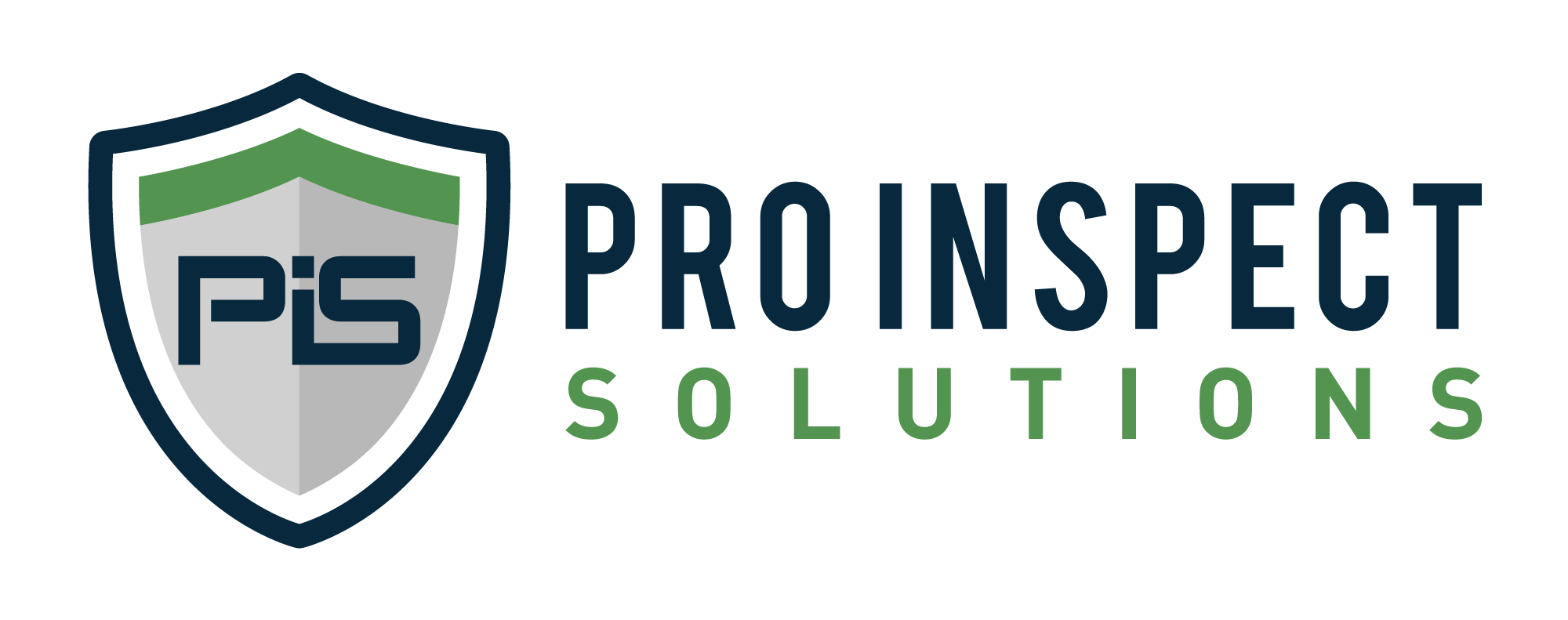
Homeowners Associations 101
For many homeowners, moving into a new neighborhood means becoming part of a Homeowners Association (HOA). While HOAs are common across the United States, they often come with questions, concerns, and sometimes misconceptions. In this blog, we’ll break down the essentials of HOAs, exploring their purpose, function, and the benefits they bring to homeowners and communities alike.
What is a Homeowners Association? A Homeowners Association is a private organization that governs a community, which can include single-family homes, townhouses, or condominiums. When you purchase a property in a community governed by an HOA, you automatically become a member of the association and agree to adhere to its rules and regulations, known as covenants, conditions, and restrictions (CC&Rs).
A Homeowners Association is a private organization that governs a community, which can include single-family homes, townhouses, or condominiums. When you purchase a property in a community governed by an HOA, you automatically become a member of the association and agree to adhere to its rules and regulations, known as covenants, conditions, and restrictions (CC&Rs).
The primary function of an HOA is to maintain the quality and aesthetic appeal of the community, ensuring that property values are protected and that the neighborhood remains a desirable place to live. This is achieved through the enforcement of rules, the maintenance of common areas, and the organization of community activities.
The Purpose of an HOA
The overarching goal of an HOA is to create a well-maintained, harmonious living environment. Here’s how HOAs achieve this:
- Preserving Property Values: One of the main reasons HOAs exist is to protect and enhance property values. By enforcing community standards, such as lawn maintenance, exterior home appearance, and adherence to architectural guidelines, HOAs help ensure that homes within the community retain their value over time.
- Maintaining Common Areas: HOAs are responsible for maintaining common areas like parks, swimming pools, clubhouses, and landscaping within the community. These amenities are crucial in making the neighborhood attractive and functional, which benefits all residents.
- Enforcing Community Rules: To ensure uniformity and prevent conflicts, HOAs enforce a set of rules that all residents must follow. These rules might cover everything from the color you can paint your house to where you can park your car. While this might seem restrictive to some, these guidelines are designed to prevent disputes and maintain the community’s appearance.
How HOAs Function  HOAs are typically governed by a board of directors elected by the community members. These boards make decisions on behalf of the association, manage finances, and ensure that the community’s rules are enforced. Here’s a closer look at how an HOA operates:
HOAs are typically governed by a board of directors elected by the community members. These boards make decisions on behalf of the association, manage finances, and ensure that the community’s rules are enforced. Here’s a closer look at how an HOA operates:
- Board of Directors: The board of directors is usually made up of volunteer homeowners who are elected by the community. The board is responsible for making decisions on budgeting, maintenance, and enforcement of the CC&Rs. They meet regularly to discuss community issues, review complaints, and plan for the future.
- Committees: To help manage specific aspects of the community, many HOAs create committees. These committees might focus on landscaping, architectural review, or social events. Committees work closely with the board and provide recommendations on various community matters.
- HOA Management Companies: In larger communities, the board might hire an HOA management company to handle day-to-day operations, such as collecting dues, managing contractors, and responding to homeowner concerns. These companies bring professional expertise to the management of the community, allowing the board to focus on broader issues.
- Meetings and Voting: Regular meetings are held where homeowners can voice
concerns, ask questions, and vote on important issues. Attendance and
participation in these meetings are crucial for ensuring that the HOA reflects the
community’s needs and desires.
The Benefits of an HOA  While some homeowners are wary of HOAs due to the fees and restrictions, there are numerous benefits to living in a community governed by an HOA:
While some homeowners are wary of HOAs due to the fees and restrictions, there are numerous benefits to living in a community governed by an HOA:
- Enhanced Property Values: As mentioned earlier, one of the key advantages of an HOA is its role in preserving and
enhancing property values. The enforcement of community standards ensures that your neighborhood remains attractive to potential buyers, which can help you get a higher price for your home when it’s time to sell. - Access to Amenities: HOAs often provide residents with access to amenities that might be too expensive or impractical to maintain individually, such as swimming pools, tennis courts, fitness centers, and community parks. These amenities can significantly enhance your quality of life and create a strong sense of community.
- Professional Management: Many HOAs employ professional management companies to handle the day-to-day operations of the community. This means that issues like landscaping, snow removal, and repairs are handled quickly and efficiently, saving homeowners time and hassle.
- Conflict Resolution: HOAs provide a structured way to resolve disputes between neighbors. Whether it’s a disagreement over property boundaries, noise levels, or pet policies, the HOA has established procedures to handle conflicts fairly and impartially.
- Community Building: HOAs often organize social events, such as holiday parties, block parties, and community yard sales. These events foster a sense of community, helping neighbors get to know each other and creating a friendly, welcoming environment.
- Consistent Aesthetic: HOAs maintain the visual appeal of the community by enforcing architectural guidelines and maintenance standards. This consistency not only makes the neighborhood more attractive but also ensures that no single property detracts from the overall appearance of the community.
Common Misconceptions about HOAs  Despite the benefits, HOAs often have a negative reputation due to misconceptions.
Despite the benefits, HOAs often have a negative reputation due to misconceptions.
Let’s address a few common myths:
- HOAs are too restrictive: While it’s true that HOAs have rules, these guidelines are designed to protect property values and ensure a harmonious living environment. Most HOAs allow for homeowner input and flexibility within the rules.
- HOA fees are a waste of money: HOA fees fund the maintenance of common areas, amenities, and other community services. These fees often cover services that would be more expensive to manage individually, providing value for your money.
- HOAs only care about aesthetics:
While maintaining the appearance of the community is a key focus, HOAs also manage a range of other responsibilities, including security, infrastructure maintenance, and community events.
How to Get Involved in Your HOA
Getting involved in your HOA can be a rewarding experience and a great way to have a say in how your community is managed. Here are a few ways to get involved:
- Attend Meetings: Regularly attending HOA meetings is the best way to stay informed about what’s happening in your community. It’s also an opportunity to voice your opinions and ask questions.
- Join a Committee: If you have a particular interest, consider joining one of the HOA’s committees. This is a great way to contribute to specific aspects of the community, whether it’s landscaping, events, or architectural review.
- Run for the Board: If you’re passionate about your community and want to have a direct impact on its governance, consider running for a position on the board of directors. Serving on the board allows you to make decisions that shape the future of your neighborhood.
Homeowners Associations play a vital role in maintaining the quality and value of communities. By understanding the purpose, function, and benefits of HOAs, homeowners can make the most of their membership and contribute to a thriving, well-maintained neighborhood. While living in an HOA-governed community does come with responsibilities, the benefits—such as enhanced property values, access to amenities, and a strong sense of community—often far outweigh the drawbacks. By getting involved and staying informed, you can help ensure that your HOA serves the best interests of all its members, making your neighborhood a place you’re proud to call home.



